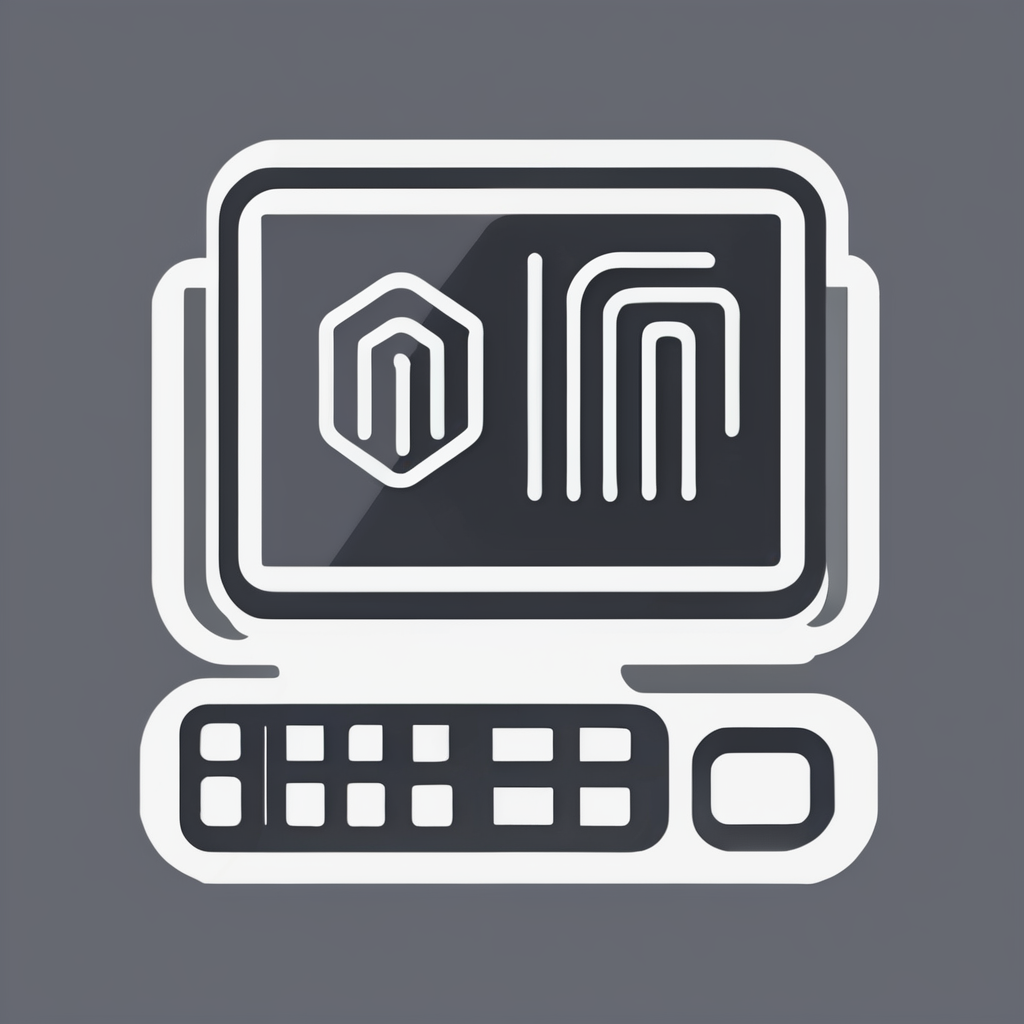Recent Developments in UK Computing Hardware
Exploring the latest strides in technology
The UK computing hardware advancements sector has seen significant momentum recently, marked by both increased investment and innovative breakthroughs. Notably, several UK tech industry leaders are pioneering cutting-edge hardware designed to enhance processing power, energy efficiency, and integration with AI applications. For instance, new semiconductor fabrication initiatives aim to boost domestic chip production, reducing reliance on international supply chains.
In the same genre : How Can Innovations in UK Computing Hardware Impact Global Tech Trends?
Additionally, the UK tech industry benefits from collaboration between academic institutions and startups, accelerating prototype development and commercialization of advanced components. One example includes novel processors optimized for machine learning tasks, which are now entering early market trials. These developments are supported by government-backed funding programs promoting research into next-generation hardware architectures.
Key players in this ecosystem are driving progress by leveraging both deep expertise and fresh perspectives. Their efforts produce increasingly sophisticated solutions, from microchips to quantum computing components. Consequently, the UK is positioning itself as a competitive force in global hardware innovation, benefiting not only its domestic market but also setting standards that influence the wider technology landscape.
Also to see : How are UK Technological Advancements Influencing Modern Computing Hardware?
Accelerating AI, IoT, and Quantum Computing through Hardware Innovation
Advancements in AI hardware UK are pivotal in boosting processing power to meet the demands of complex artificial intelligence models. This enhanced computing capacity enables more sophisticated AI applications, from real-time data analysis to autonomous systems. Cutting-edge chip designs and specialized processors are central to this progress, allowing AI algorithms to execute faster and more efficiently.
Similarly, IoT technology UK benefits significantly from hardware improvements that support extensive device networks. Innovations in low-power sensors and communication modules allow for seamless, large-scale IoT deployments in industries such as healthcare and manufacturing. These hardware upgrades enhance connectivity, reliability, and data throughput across billions of devices.
On the frontier of quantum computing advances, UK-based research is driving development of robust quantum hardware. Novel qubit designs and error-correction methods position the UK as a leader in this emerging technology. These breakthroughs promise to transform computational capabilities, accelerating problem-solving in fields like cryptography and materials science.
Together, these hardware innovations are crucial for propelling the UK’s leadership in emerging technologies, creating a foundation for future breakthroughs across AI, IoT, and quantum computing.
Industry and Government Initiatives Supporting UK Tech Growth
Exploring the collaborative forces behind the UK’s tech innovation
The UK government tech policy actively promotes technology funding UK to accelerate hardware innovation. Key initiatives provide crucial capital, enabling startups and established firms alike to push technological boundaries. Programs such as innovation grants and development awards demonstrate a sustained commitment to bridging innovation gaps.
Equally important are industry-academic partnerships, which foster synergistic collaboration. Universities, startups, and industry leaders unite to translate research breakthroughs into commercial successes. These partnerships nurture talent, drive cutting-edge development, and ensure practical implementation of emerging technologies.
National strategies play a pivotal role in steering the UK’s trajectory within the global tech landscape. Government frameworks often emphasize integration and scalability, strengthening the ecosystem’s resilience and global competitiveness. By aligning policy incentives with private and academic efforts, the UK crafts a cohesive support system.
Together, these elements ensure the UK maintains a dynamic and growing tech hub, supported by targeted technology funding UK and robust government tech policy. This triad of collaboration solidifies the country’s position as a leader in technology innovation.
Forecasting the Impact of UK Hardware on Future Innovations
Understanding the future technology trends in the UK requires a thorough hardware impact analysis. As hardware capabilities advance, they become foundational drivers for new innovations, shaping both national and global tech landscapes. The UK’s commitment to developing cutting-edge hardware fosters an ecosystem where emerging technologies flourish.
Industry experts highlight sectors such as artificial intelligence, renewable energy, and healthcare as prime beneficiaries of these hardware improvements. For example, enhanced processing power and sensor technologies enable smarter AI applications, while innovative materials in hardware design contribute to more efficient renewable energy solutions.
However, maintaining this innovation momentum presents both challenges and opportunities. The challenge lies in sustaining investment and talent development to keep pace with global competition. Conversely, there is a significant opportunity for UK hardware to lead in specialized markets by focusing on reliability, scalability, and integration with software systems. This approach not only bolsters the UK’s technological reputation but also drives economic growth.
As we forecast the impact of UK hardware on future technology trends, it’s evident that strategic focus can ensure the hardware sector remains a vital catalyst for transformative innovations.
How Robot Hoovers Clean
Robot hoovers use advanced sensors and mapping technology to clean your floors efficiently. They work by scanning a room to understand its layout, obstacles, and dirty spots. This allows the robot hoover to plan an optimized cleaning route, avoiding furniture and other objects while covering every accessible area.
Most robot hoovers are equipped with brushes and suction systems that work together to pick up dust, dirt, and pet hair. The brushes agitate the carpet or hard floor surface, loosening debris, while the suction pulls it into a dustbin inside the robot. This combination ensures a thorough clean on various floor types.
When asked how robot hoovers manage tight spaces, the answer lies in their compact design and precise navigation. They can easily fit under furniture and around corners, which traditional vacuums struggle with. Additionally, many models offer programmable cleaning schedules, making maintenance effortless and timely.
Understanding the technology and operation behind robot hoovers reveals their practical benefits: saving time, reaching difficult areas, and maintaining a consistently clean home with minimal effort.

